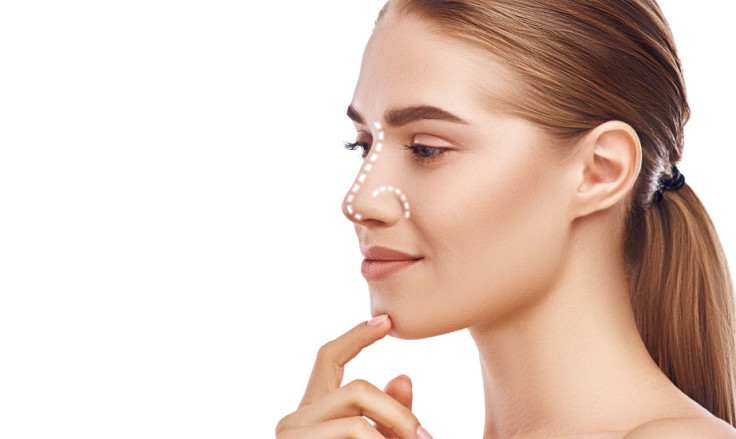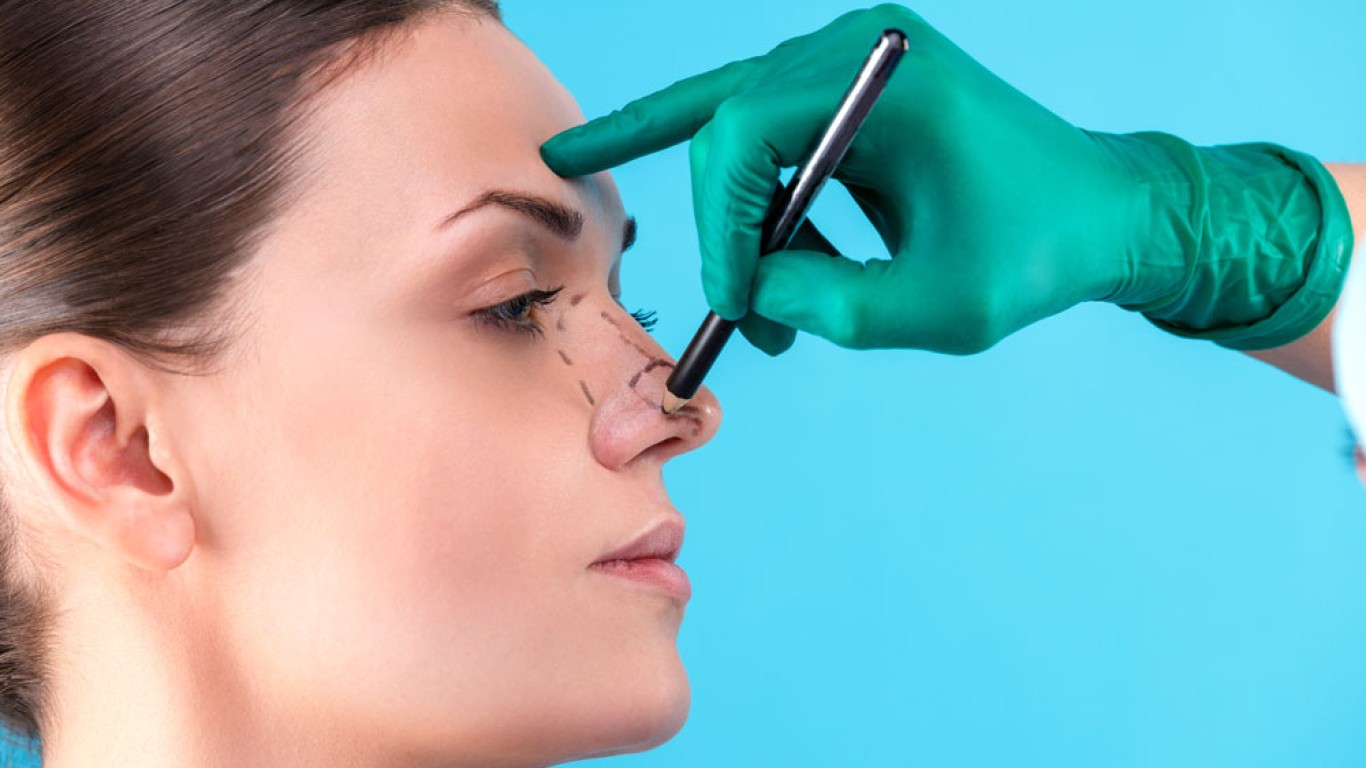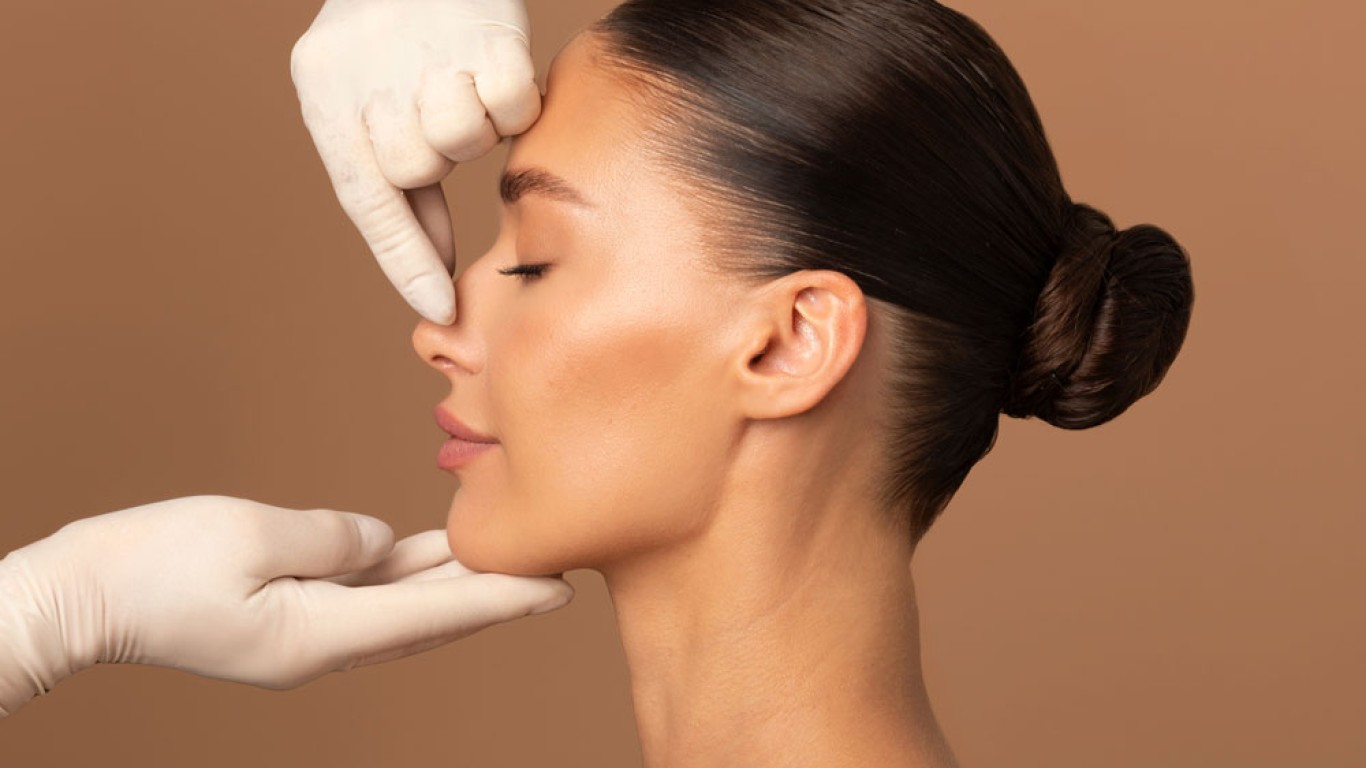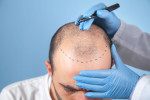Introduction
Rhinoplasty is one of the most requested cosmetic surgeries worldwide. It refines the nose’s shape, size, or function. In recent years, a newer method called ultrasonic rhinoplasty has gained popularity. It uses sound waves to sculpt nasal bones more precisely than traditional methods.
But how exactly does it differ from classic rhinoplasty techniques? And why are more people opting for ultrasonic tools? Below, we explore the key differences, including recovery, precision, and results.
How Traditional Rhinoplasty Works
Traditional rhinoplasty uses manual tools like rasps, chisels, or hammers to reshape the nose. These instruments break and adjust nasal bones by hand. Although effective, this method can be less precise.
Additionally, traditional techniques may cause more swelling and bruising. This is due to the impact on surrounding soft tissues and blood vessels.
How Ultrasonic Rhinoplasty Works
Ultrasonic rhinoplasty uses high-frequency sound waves to cut and sculpt the nasal bones. A specialised device called a piezotome delivers these sound vibrations. The tool targets only bone, avoiding soft tissue and cartilage.
Because it causes less trauma, ultrasonic methods reduce swelling and bruising. Patients often enjoy a more comfortable recovery and quicker results.
Which Offers Greater Precision?
Ultrasonic rhinoplasty is significantly more precise than the traditional method. The piezotome tool allows surgeons to make clean, accurate bone adjustments. As a result, outcomes are more predictable.
Traditional methods rely on the surgeon’s hand control. While skilled surgeons can achieve excellent results, precision is harder to maintain.
What About Swelling and Bruising?
Swelling and bruising are common after any nose surgery. However, ultrasonic rhinoplasty tends to cause less of both. Because the ultrasonic tool does not disturb nearby tissues, recovery is smoother.
In contrast, traditional rhinoplasty affects blood vessels more. This results in greater bruising under the eyes and across the cheeks.

Traditional or Ultrasonic Rhinoplasty: Does the Recovery Time Differ?
Yes, patients recovering from ultrasonic rhinoplasty often feel better sooner. Many return to work or light activities within one week. Swelling and discolouration also resolve faster.
With traditional rhinoplasty, recovery may take longer. Swelling can linger for several weeks, especially around the eyes and bridge of the nose.
Which is Better for Certain Nose Types?
Ultrasonic Rhinoplasty is excellent for patients needing precise bone work. It’s especially useful for straightening crooked noses or refining wide nasal bridges. For small touch-ups or cartilage-only changes, traditional rhinoplasty may still be suitable.
Your surgeon will assess your anatomy and goals. They’ll recommend the best method based on those factors.
What Tools Are Used in Traditional and Ultrasonic Rhinoplasty?
Traditional rhinoplasty relies on manual tools like surgical rasps and chisels. These are effective but can be rough on surrounding tissues. Ultrasonic rhinoplasty uses a powered piezotome device.
This device emits ultrasonic vibrations that cut bone cleanly without affecting soft tissue. It gives the surgeon better control throughout the procedure.
How Do Results Compare Between the Two?
Both approaches can produce excellent outcomes. However, ultrasonic rhinoplasty offers more refined results, especially in bone shaping. Its precision helps avoid irregularities, bumps, or uneven healing.
Additionally, the gentler approach leads to fewer complications. It reduces trauma and often delivers a more natural final appearance.
Can You Still Use Anaesthesia with Ultrasonic Rhinoplasty?
Yes. Both traditional and ultrasonic rhinoplasty procedures are typically performed under general anaesthesia. This ensures you remain comfortable and still during the operation.
Recovery and post-operative care follow similar patterns. However, ultrasonic patients often need fewer pain medications afterward.
Are There Limitations with Ultrasonic Rhinoplasty?
Although highly effective, ultrasonic rhinoplasty is not suited for all cases. It mainly helps when bone work is needed. If you only require cartilage adjustments or tip refinement, a traditional method may be quicker.
Additionally, not all clinics have ultrasonic tools. Be sure to ask whether your chosen surgeon offers this advanced option.
What Are the Long-Term Benefits of Ultrasonic Rhinoplasty?
Patients often choose ultrasonic rhinoplasty not just for recovery but for long-term results. Precise shaping leads to greater stability in the nasal structure. This helps reduce the chance of future corrections or touch-ups.
Additionally, better symmetry and alignment can improve facial harmony. Many report a strong boost in self-confidence that lasts well after healing.
Traditional and Ultrasonic Rhinoplasty: Is One Method More Expensive?
Ultrasonic Rhinoplasty may cost slightly more due to advanced equipment and longer procedure times. However, faster recovery and better precision often justify the price.
Patients should always ask for a detailed breakdown before surgery. Some clinics in Turkey include these advanced techniques in their package rates.
Why Is Ultrasonic Rhinoplasty Gaining Popularity?
More people are seeking minimally invasive options that offer quicker healing. Ultrasonic rhinoplasty fits this trend perfectly. It reduces downtime while providing precise, long-lasting outcomes.
Surgeons also appreciate the added control it provides. With better visualisation and accuracy, they can deliver consistent, high-quality results.
Conclusion
When comparing traditional and ultrasonic rhinoplasty, both offer unique benefits. Traditional techniques have a long track record and may still suit simple changes. However, ultrasonic methods provide more accuracy, faster recovery, and fewer side effects. If you're considering nose surgery in Turkey, ask your surgeon whether ultrasonic technology is available.
For more information and to book a consultation visit the ACIBADEM Beauty Center.
Frequently Asked Questions
Yes. Patients usually report less discomfort, especially in the first week, due to reduced tissue trauma.
It depends. It may be ideal for refining previous bone adjustments, but not all revision cases apply.
Most patients return to work within a week. Swelling and bruising typically subside more quickly.
Yes. A splint supports your new shape during healing. It’s typically worn for 5–7 days.
Yes. Results are long-lasting once healing completes. Maintaining a stable weight and avoiding trauma helps longevity.














